Proxy and VPN technology is one of the basic instruments when it comes to your day to day online security and anonymity. Android OS allows you to use proxy servers both in mobile and Wi-Fi connections. In this article, we will discuss the benefits of proxy tools and tell how to configure proxy for Android devices.
What’s an Android Proxy Server?
Proxy servers on Android can be described as the tool that serves as the bridge or tunnel for all of your actual connections. With a setup like this on your system, your regular requests will be redirected to the proxy server first and only after this to the wanted site or place in the Internet. In the end, your regular IP address will be replaced by the address of the server.
This feature can help you stay protected from different hacker threats. Sites that you browse through the day won’t know what your real IP address is, so a lot of attacks won’t be possible. Plus, if you choose a server located in a different country, you can bypass restrictions of the sites or access sites blocked by your Internet provider. This can be achieved with different kinds of proxy servers and for example with static residential proxies.
Some workplaces or schools can have requirements for utilizing proxy servers in their networks. This way, owners of the network can control what sites you can and cannot visit. So this technology has a lot of different use cases. You can try using a proxy yourself with a setup of a datacenter rotating proxy or other solution.
How to Configure Proxy Settings on Android?
Some of the steps might be a little different, depending on the versions of Android OS, but this guide should cover all main features. In this instruction, we will cover up both setup for Wi-Fi and mobile options.
For Wi-Fi setup on the Android device, first you need to open the Settings. After this, locate the WiFi network you are using and click on the gear on the right. In the new menu, scroll down to the proxy setting button. Press it and in the new window write down all the information for connection to the server. Then click Save and your Wi-Fi proxy setup on Android will be done.
In the guide for mobile connections, you need to follow the same set of steps. Open the Settings, find your connection and press the gear on the right. Here, you need to locate and press the active mobile connection button. In the new open window, you should write down credentials of your proxy server and then click on Save button.
Remember, that mobile network will work only with the HTTP kind of proxies. Same setups should work both for residential and datacenter proxy. In the end, you can check if your browser follows this setting and uses proxy server IP.
This proxy setup might not have an effect on all the apps on your device, but it should work fine with all installed browsers. Some apps can have their own proxy settings or do not support connections through proxies at all.
How to Turn Off Android Proxy Settings
Anonymous proxy for Android can be turned off in the same manner of turning them on. You just need to retract your step from the previous paragraph. To start, open Settings and choose Wi-Fi or mobile network you want to use without proxies. In Wi-Fi setup, go to the advanced option for proxies and choose option None.
To turn off proxy in mobile connection, go to the Access Point Names menu again. There, you should delete all the data you wrote and tap Save. Now proxy will be disabled, and you should be able to use your network with your regular IP.
Why Should You Use a Proxy Server on Android?
Proxy for Android can become your basic tool for daily online tasks for a lot of reasons. Ultimately, proxy is a good and fast way to increase your protection and security online. With set proxies turned on, a lot of malware and phishing threats won’t hurt you and your device. The main feature of IP changing can help you to prevent a lot of threats online.
More than this, the same feature can help you with access to almost any page that is blocked in your area. With different IP, your provider in most cases won’t be able to cut your access to needed sites. This way, you can browse the web free and safely and, for example, avoid IP blocks and CAPTCHAs in your daily Internet life. You can buy residential proxies and get all the needed locations and power to access any needed site. Also, a proxy can have a lot of business applications and use cases. For example, a private proxy comes as an essential tool for web scraping, parsing, SEO, copping sneakers and overall data collection. Some of these tasks can be performed even on mobile Android devices, so proxies have multiple uses for different occasions.
Frequently Asked Questions
Please read our Documentation if you have questions that are not listed below.
-
What are proxies for Android?
Proxy for Android is basically any proxy server that runs on your device. Android OS allows you to enable proxies for both Wi-Fi and mobile networks.
-
What proxies are the best proxies for Android?
You can use a lot of different types of proxies with your Android device. For example, residential proxies can be a good choice for comfortable everyday use. You can stay protected and browse the internet freely with a setup like this.
-
Why should you use proxies in your Android device?
Android proxies can serve a lot of purposes in your daily online activity. With proxy setup, you can eliminate a good number of hacker threats and access blocked or restricted sites at the same time.
Top 5 posts
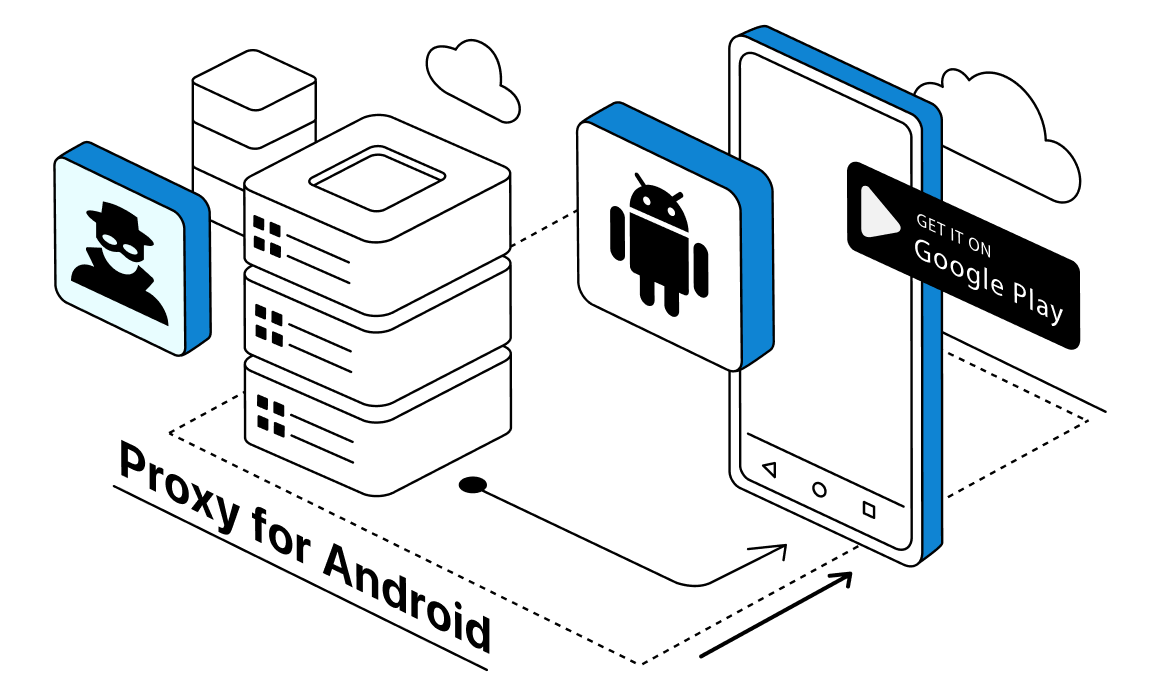

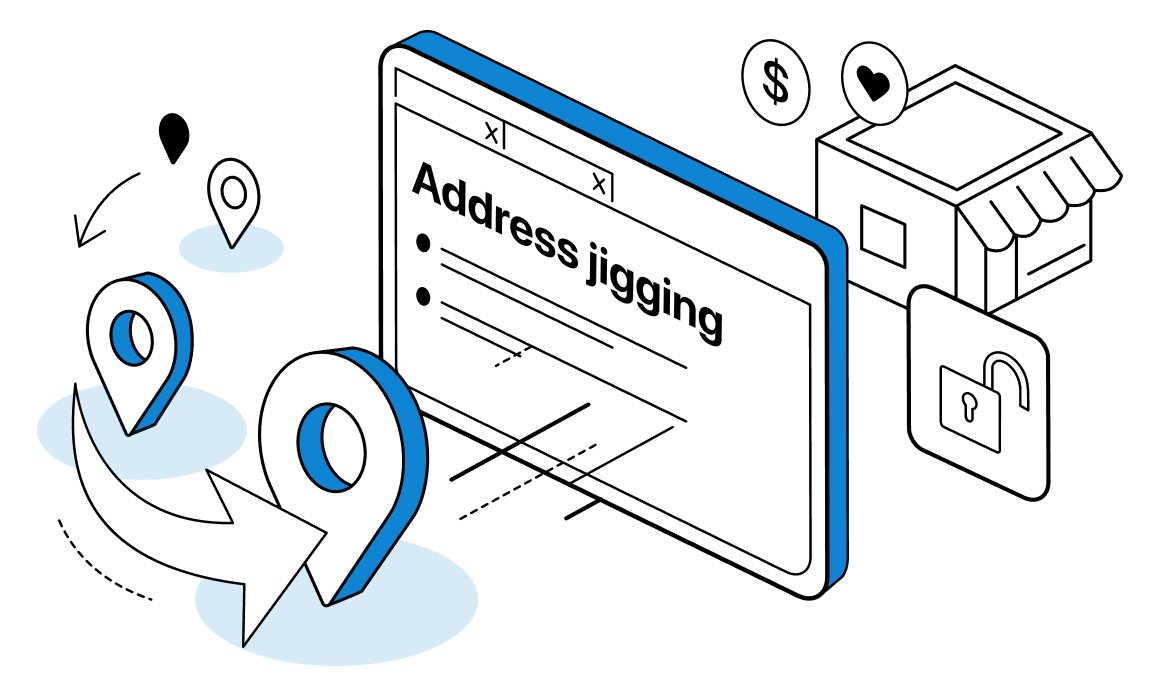
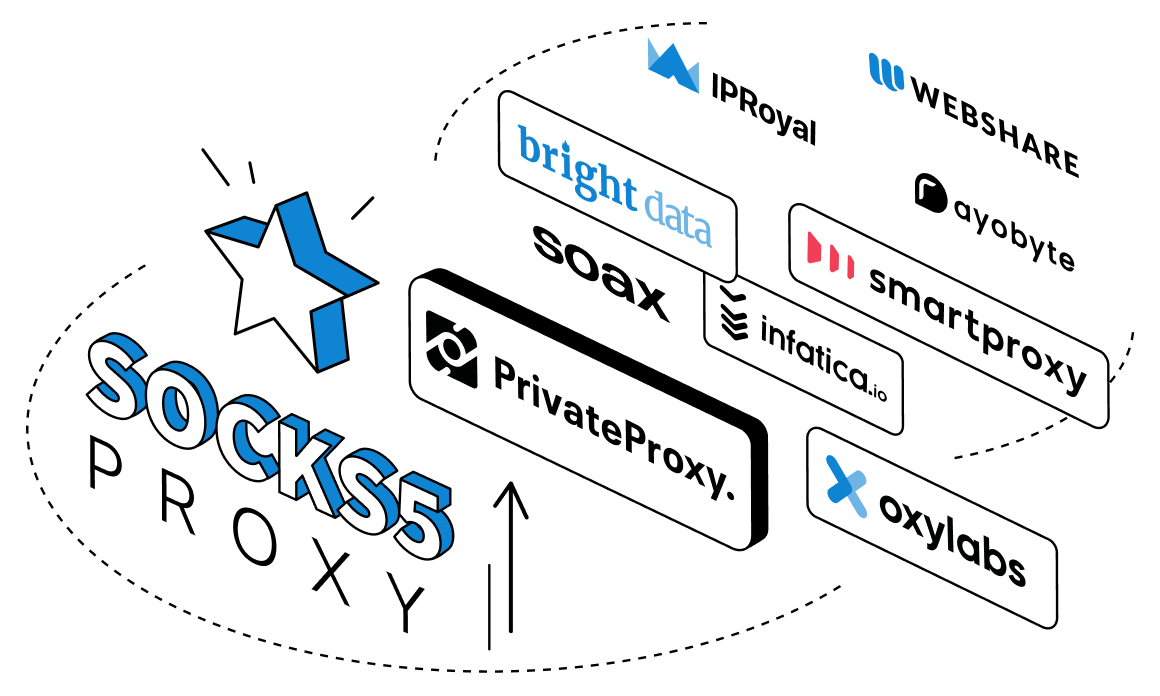

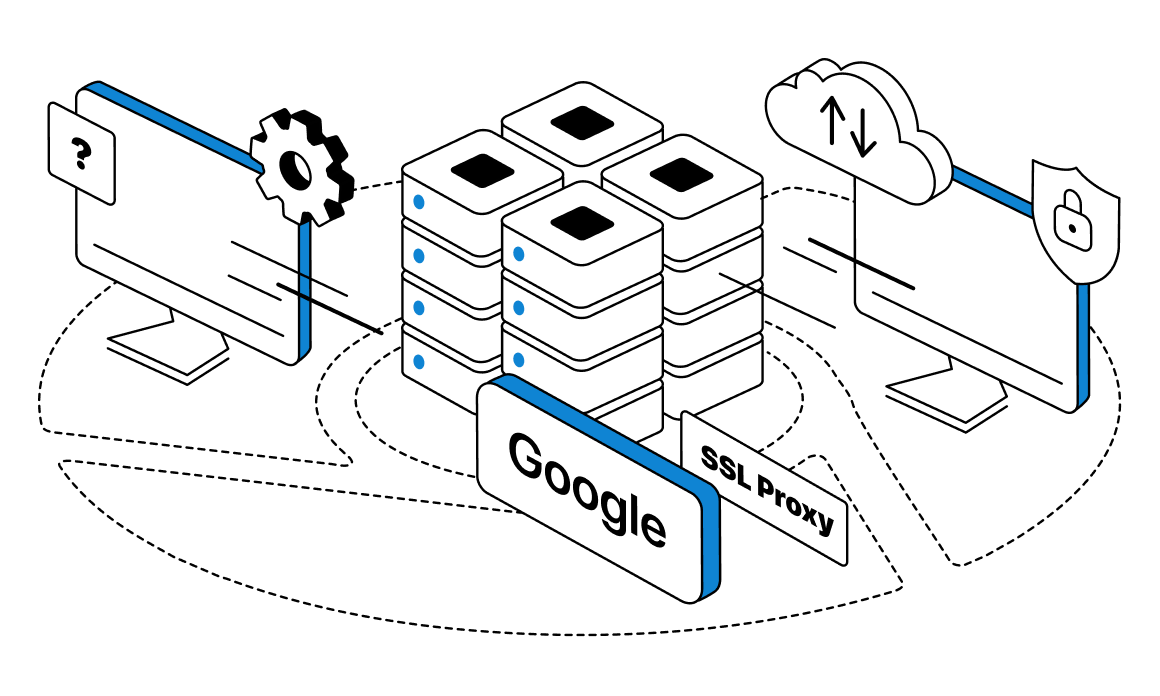

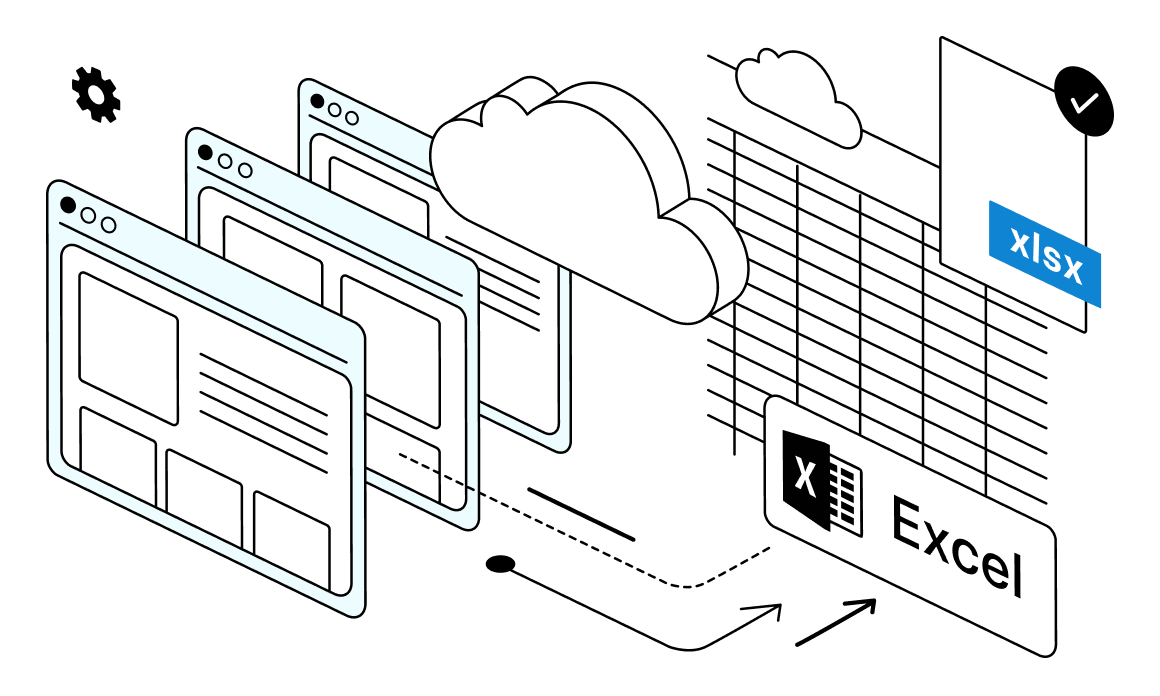

Address jigging has become a popular and even essential technique for online resellers in recent years. If you are looking at ordering sneakers or other goods online, jigging along with bots and proxy solutions, can become a basic requirement for these tasks. In this article, we will discuss how to jig your address and use it for online shopping.